8 Days 7 Nights
Daily Tour
Unlimited
English
About this tour
Introduction: The Allure of Poon Hill Trek
Tucked within the Annapurna Region of Nepal, the Poon Hill Trek is a captivating odyssey renowned for its fusion of awe-inspiring landscapes and immersive cultural experiences. Despite its relatively short duration, this trek unveils a tapestry of natural wonders and cultural riches that captivate adventurers seeking a harmonious blend of nature and heritage.
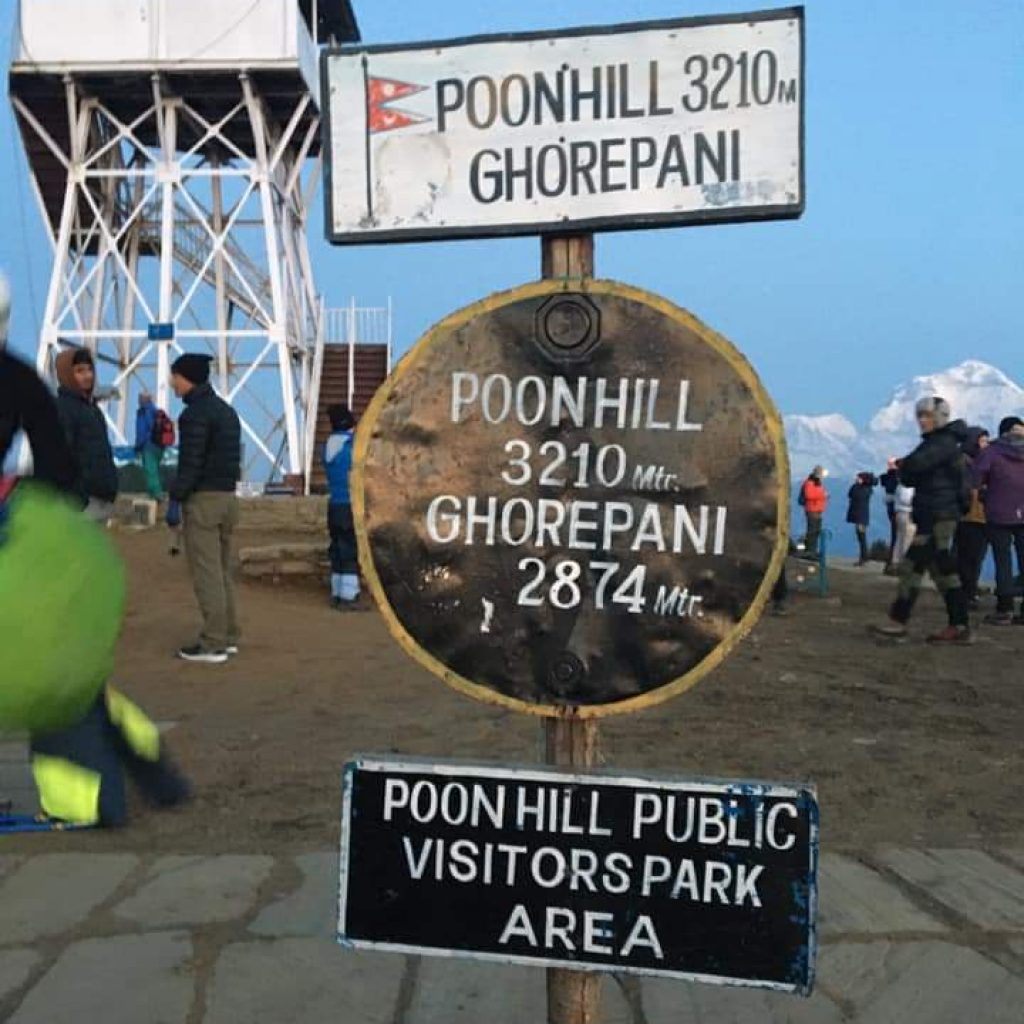
Nature’s Grandeur: Sunrise Panorama from Poon Hill
The pinnacle of the journey rests atop Poon Hill, where the break of dawn orchestrates an enchanting symphony of light and colour. The first rays of the sun delicately kiss the towering peaks of Mt. Dhaulagiri, Mt. Annapurna I, and the revered Machhapuchhre. The horizon transforms into a canvas of ethereal beauty as the sun’s golden hues paint the snow-capped summits, casting a spell of wonder upon trekkers who witness this celestial display.
Cultural Revelations: Ghandruk’s Gurung Legacy and Ulleri’s Magar Heritage
The Poon Hill Trek navigates through the charismatic village of Ghandruk, a bastion of Gurung culture and tradition. Stone-laden paths wind through terraced fields and intricate alleyways adorned with prayer flags. Here, visitors immerse themselves in the vibrant rhythm of local life, engaging in cultural rituals, savouring traditional cuisine, and embracing the gracious hospitality of the Gurung community.
Further along Poon Hill Trek lies Ulleri, a picturesque Magar village cocooned in verdant surroundings—the Magar people, with their unique customs and rustic lifestyle, welcome trekkers with open arms. Exploring Ulleri offers a glimpse into the daily routines of the locals, from tending to their fields to preserving age-old traditions, creating an authentic and enriching experience.
Seasonal Symphony: Rhododendron Blossoms and Scenic Marvels
Nature adorns the Poon Hill Trek in February, March, and April with a kaleidoscope of colours. The dense rhododendron forests burst into bloom, painting the landscape in vibrant shades of crimson, pink, and white. These vibrant hues juxtaposed against the backdrop of majestic peaks create a surreal visual feast.
The journey through this floral wonderland is punctuated by cascading waterfalls, terraced rice fields sculpted into the hillsides, and gracefully arching suspension bridges, each a testament to nature’s nature’s artistry.
Embracing Cultural Nuances: Hearthside Conversations and Artisanal Heritage
Beyond the breathtaking vistas, the true essence of the Poon Hill Trek lies in the heartfelt connections forged with the local communities. Trekkers are drawn into the embrace of hearthside conversations, sharing stories and laughter with the locals. The resonating melodies of traditional music and the skillful craftsmanship displayed in local handicrafts offer glimpses into the soul of the Annapurna region’s cultural heritage. These interactions transcend language barriers, leaving trekkers with a profound appreciation for the warmth and generosity of the Nepalese people.
A Tapestry of Enchantment and Insight
The Poon Hill Trek isn’t merely a journey; it’s an immersion into a world where nature and culture intertwine seamlessly. Each step on this expedition reveals moments of awe-inspiring beauty and cultural reverence.
The Poon Hill Trek brevity belies the depth of experiences it offers—moments of serenity amidst nature’s marvels. These cultural exchanges transcend boundaries and encounters with gracious locals, leaving an indelible imprint on the soul.
Embark on this odyssey, where the mountains whisper tales of grandeur, and the locals paint a portrait of warmth and hospitality. The Poon Hill Trek beckons explorers to a realm where every vista, every conversation, and every interaction leads to a deeper understanding of the intertwined beauty of nature and humanity.
Let’s delve deeper into these tips, offering a more vivid and descriptive perspective for trekkers venturing into the enthralling domain of Poon Hill Trek:
Preparing Physically:
- Training amidst anticipation: Picture yourself amidst the Himalayan vistas as you engage in cardiovascular exercises and leg workouts. Imagine the terrain underfoot, and train your body accordingly to conquer the varying inclines and rugged paths.
- Acclimatization as a gradual embrace: Envision the gradual ascent, allowing your body to acclimate to the changing altitudes like a slow, steady rhythm. Feel the air thinning as you ascend higher, adjusting at your own pace to prevent altitude-related discomfort.
Packing with Purpose:
- Clothing that adapts: Visualize the need for adaptable layers as the weather fluctuates. Envision yourself swathed in waterproof and windproof layers, each piece a shield against the unpredictable mountain weather.
- Footwear that empowers: Feel the sturdiness and support of reliable hiking boots as they cushion each step through the rocky terrain, ensuring comfort and stability.
- Essential gear as companions: Picture the reliable backpack housing your essentials, trekking poles aiding your balance, and a cosy sleeping bag wrapping you in warmth amidst the mountain chill.
- First-aid kit, a safety sanctuary: Envision the first-aid kit as your safety sanctuary, equipped with supplies to address minor health concerns along the journey.
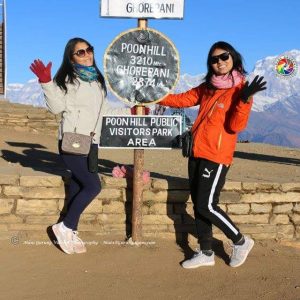
Navigating the Trail:
- Guides as storytellers: Envision local guides not just as navigators but as storytellers, weaving the tale of the terrain, culture, and traditions, guiding you through the intricacies of the landscape.
- Maps and tools as guides: Visualize the maps and navigation tools as your companions, ensuring your journey aligns with the trail, empowering you to navigate confidently.
Health and Safety:
- Hydration as sustenance: Imagine the importance of hydration, sipping from your water bottle as you combat altitude-induced challenges and embrace the awe-inspiring surroundings.
- Sun protection, a shield: Feel the protective embrace of sunscreen and sunglasses shielding you from the intense mountain sun, safeguarding your skin and eyes.
- Respecting altitude sickness: Envision the signs of altitude sickness and visualize yourself recognizing and respecting these signals, ensuring safety and well-being.
- Insurance as a safety net: Picture comprehensive travel insurance as a safety net, providing reassurance in unforeseen circumstances, including emergency evacuations.
Cultural Immersion:
- Embracing customs with respect: Imagine yourself dressed modestly, honoring local customs and traditions, and seeking permission before capturing the essence of local life through photographs.
- Language as a bridge: Envision the exchange of greetings in Nepali, feeling the warmth in locals’ smiles as you communicate in their language, fostering connections beyond barriers.
Environmental Consciousness:
- Respecting nature: Picture yourself leaving no trace, carrying all waste off the trails, and respecting the pristine environment surrounding you.
- Supporting local economies: Visualize the satisfaction of contributing to the local economy, purchasing goods and services from local businesses, and supporting their livelihoods.
Preparing for Accommodations and Food:
- Teahouse stays, a cultural experience: Imagine the simplicity of teahouse accommodations, finding comfort in their basic amenities while immersing yourself in the local way of life.
- Savouring local flavours: Picture yourself indulging in local cuisine, savouring the region’s tastes, and carrying your preferred snacks for familiarity amidst the new.
Weather Precautions:
- Weather as an ever-changing canvas: Envision the weather forecasts as your guiding compass, preparing you for the changing moods of the mountains.
Permits and Documentation:
- Permits as an entry pass: Picture the keys as your gateway to this enchanting realm, ensuring you comply with regulations and requirements before embarking on this mesmerizing journey.
By envisioning these aspects in vivid detail, you not only prepare yourself practically but also mentally immerse yourself in the unique experiences that await on the mesmerizing trails of Poon Hill.
Please Follow Us For more Updates :
Website : Base Camp Trip
Highlights
- Relatively easy and short trek in Annapurna Region
- Best Sunrise to see Mt Dhaulagiri 8167m, Mt Annapurna I 8091m, and Mt Machhapuchhre 6993m from Poonhill 3210m
- One of the Biggest Ghandruk Gurung Village and Ulleri Magar Village
- Rhododendron Flowers in February, March & April and Waterfalls, Rice Terrace, Suspension Bridges
- Ethnic local culture/tradition and Warm-Hearthed People of Annapurna Region
Included/Excluded
- Airport Pick up and Drop by Private Car upon arrival and departure
- Hotel Accommodation (Shared Room for Minimum 2 Pax and Single Room for Private Trip) in Kathmandu & Pokhara as per Itinerary
- All clean Standard Teahouses (Shared Room for Minimum 2 Pax and Single Room for Private Trip) in Ulleri, Ghorepani and Ghandruk as per Package booked
- Deluxe Tourist Bus Kathmandu - Pokhara (both ways)
- Car from Pokhara to Nayapul (both ways)
- Meals 3 x a day as per mentioned in Itinerary
- Company Duffle Bag to lend for trekking
- Sleeping Bag to lend for trekking
- Seasonal Fruits during trekking
- Professional Experienced Licensed English Speaking Guide
- Porter (1 Porter for 2 People with maximum luggage 25 kgs)
- Annapurna Conservation Trekking Permit & Government Tax
- Nepal Visa Online Application Service
- Emergency Evacuation Management / Service by Horse or Helicopter
- Farewell Dinner before Departure
- Official Trekking Certificate from our Company
- Flight ticket to Nepal & Travel Insurance
- Tourist Visa On Arrival Fee --> 15 Days = USD 30, 30 Days = USD 50
- Tips for Guide & Porter
- Extra Accommodation which is caused by your early arrival or late departure other than the trek date, and if you are back to Kathmandu early from the trek due to any problem or rescue (other personal reasons).
- Horse Rent / Helicopter Cost/Expenses for Emergency Evacuation or Personal Request
- Personal Expenses for trekking such as mountain gear or equipments, shopping, wifi/nepal simcard, phone/battery charge, hot water/shower, extra personal meals, drinks (mineral water), snacks, laundry etc
- Other Personal Expenses which are not included in the above facilities.
Itinerary
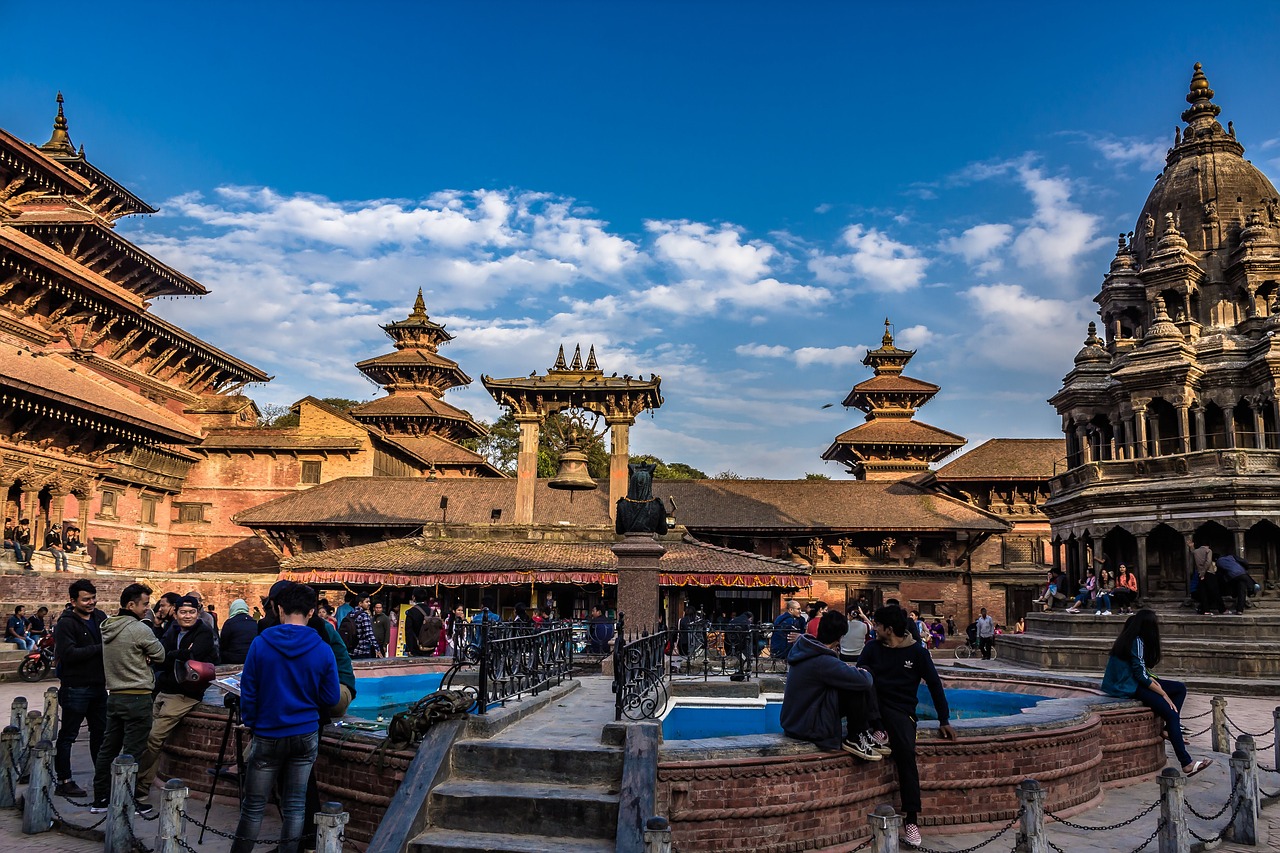
You arrive in Kathmandu today and our company staff will pick you up at Tribhuvan International Airport then drop you at Hotel. Our Staff will also give briefing you about Poonhill Trek and hand over duffle bag for your to pack your stuff for trekking. Payment on the balance trip cost also will be done today. If you come in the morning or early time today, we will have welcome dinner otherwise we will provide you with packed dinner in your room from the hotel you stay. Our Staff will also inform you what time you must wake up & prepared the following morning for driving to Ramechap. Overnight in Kathmandu
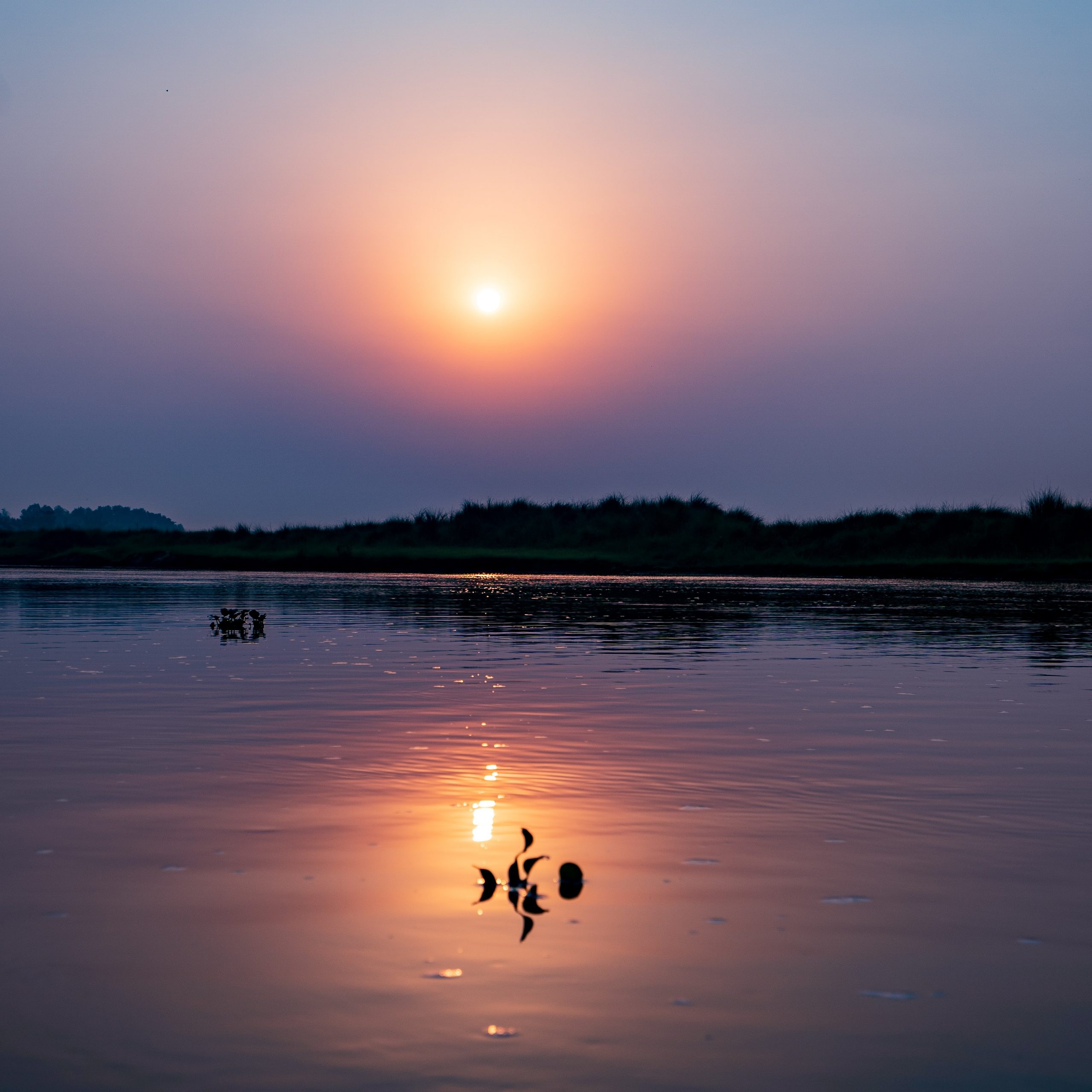
You need to wake up around 6 oclock, quick breakfast at hotel (Packed Breakfast) then Our Guide will come to hotel to pick you up and drive to Tourist Bus Terminal to leave Pokhara at 07.00 oclok. It takes aroun 6-7 hrs drive to reach Pokhara. If the road is nice and no traffic, you will reach Pokhara around 4pm and you will directly to Hotel. Overnight in Pokhara
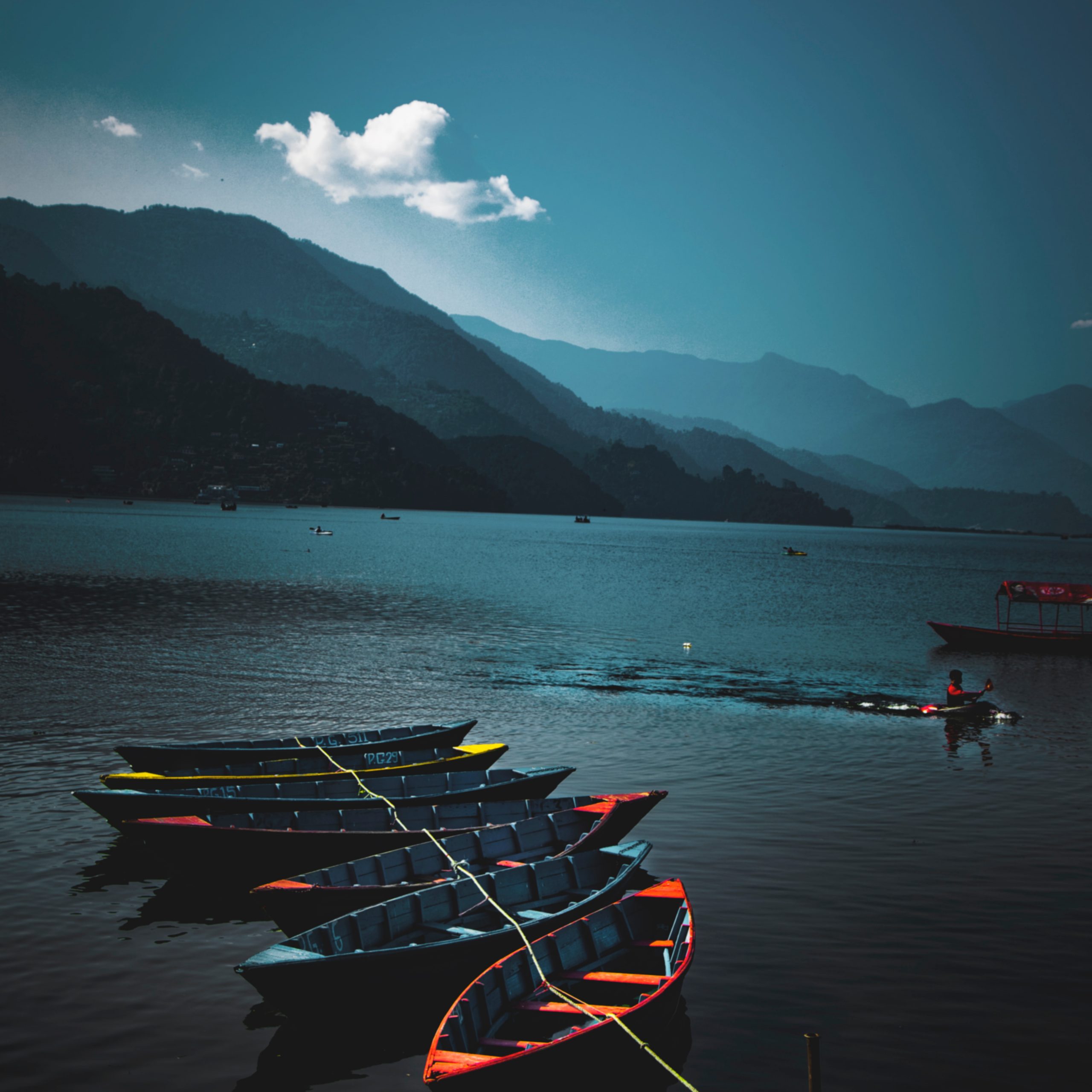
After breakfast in the morning, you will drive to the starting point of Trek called Nayapul, 1-1.5 hrs from Pokhara. from here you will directly start doing trek up and up to Ulleri. Distance from Nayapul to Ulleri is 12 km which can be done within 3-4 hrs trek. On the outskirts of Nayapul a large sign welcomed us to the Annapurna Conservation Area. It asked us to trek gently, to not disturb wildlife, to carry out what we carry in, and to avoid using pollutants – like detergent. We crossed a couple of steel bridges and reached Birethanti, and our first TIMS (Trekkers’ Information Management System) checkpoint. Our Guide will take care of you and all stuffs about the the checkpoint and paperwork at this stage. Here the road forks, to the right – the shortest route to Annapurna Base Camp, and the Poon Hill circuit anti-clockwise. We’d go left – a quicker route to Poon Hill, doing the route clockwise and taking on the dreaded steps of Ulleri
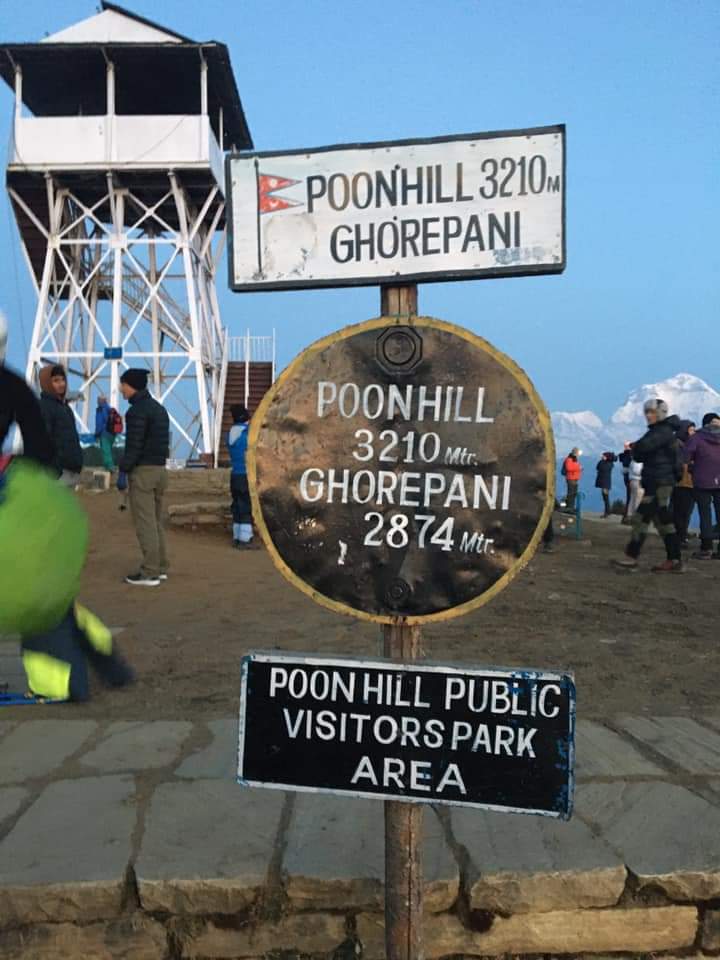
Today trek distance from Ulleri to Ghorepani is about 10 km and it takes around 5-6 hrs to reach Ghorepani. the trail passes through beautiful forests and waterfalls and offers amazing views of the Himalayan range. 3:00 PM: Arrive at Ghorepani and check into a guesthouse. Spend some time exploring the town and enjoying the views of the surrounding mountains. Overnight in Ghorepani
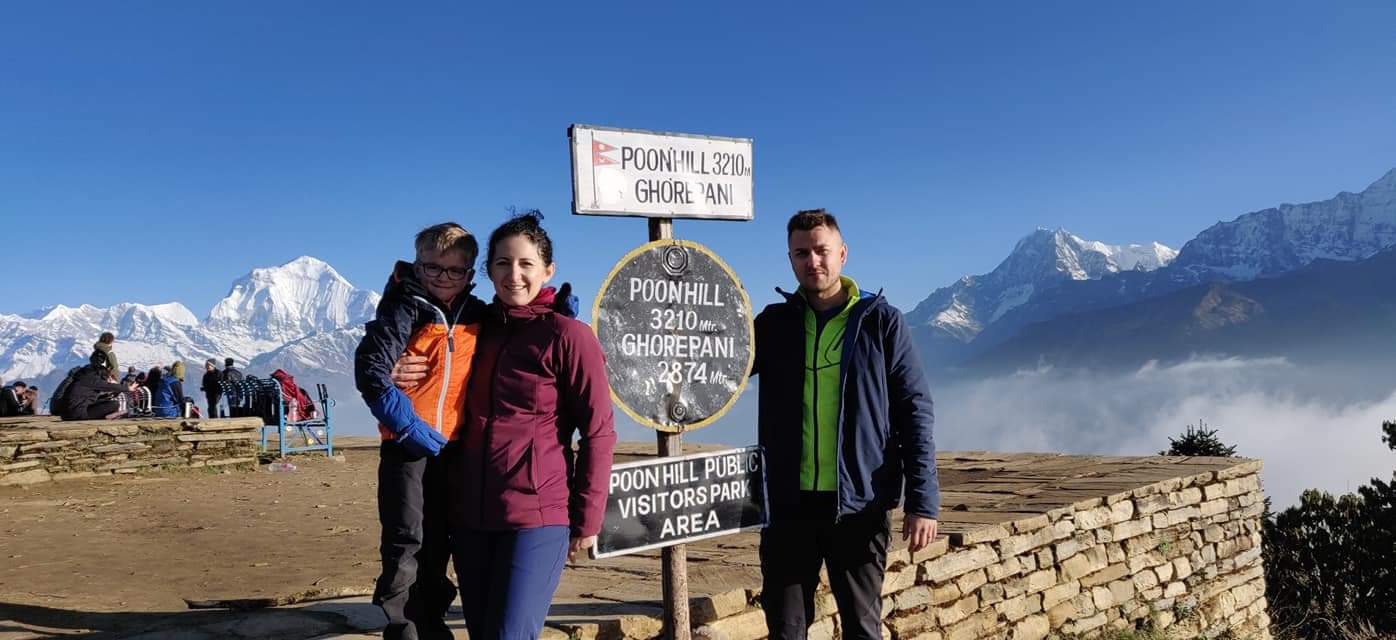
Wake up early morning and hike up to Poon Hill 3210M, to catch the sunrise over the Himalayan range. The hike takes around 45 minutes to an hour from Ghorepani. at around 7am, you will return to Ghorepani for breakfast and then start your descent to Ghandruk. It takes 6-7 hrs walk from Ghorepani with rest and lunch break on the way to Ghandruk. he Ghorepani Ghandruk Trek is a perfect trekking experience in the Annapurna region as you tread through mossy trails and lush rhododendron forests. On offer are meditative stone steps, epic mountain views, and a look into the indigenous Magar and Gurung people's warm hospitality and rich culture. Ghandruk is a common place for treks in the Annapurna range of Nepal (Annapurna Base camp and Annapurna Circuit treks, in particular). The peaks of Mt Annapurna, Mt Machapuchare, Gangapurna and Mt Hiunchuli can be seen from the village. Overnight in Ghandruk
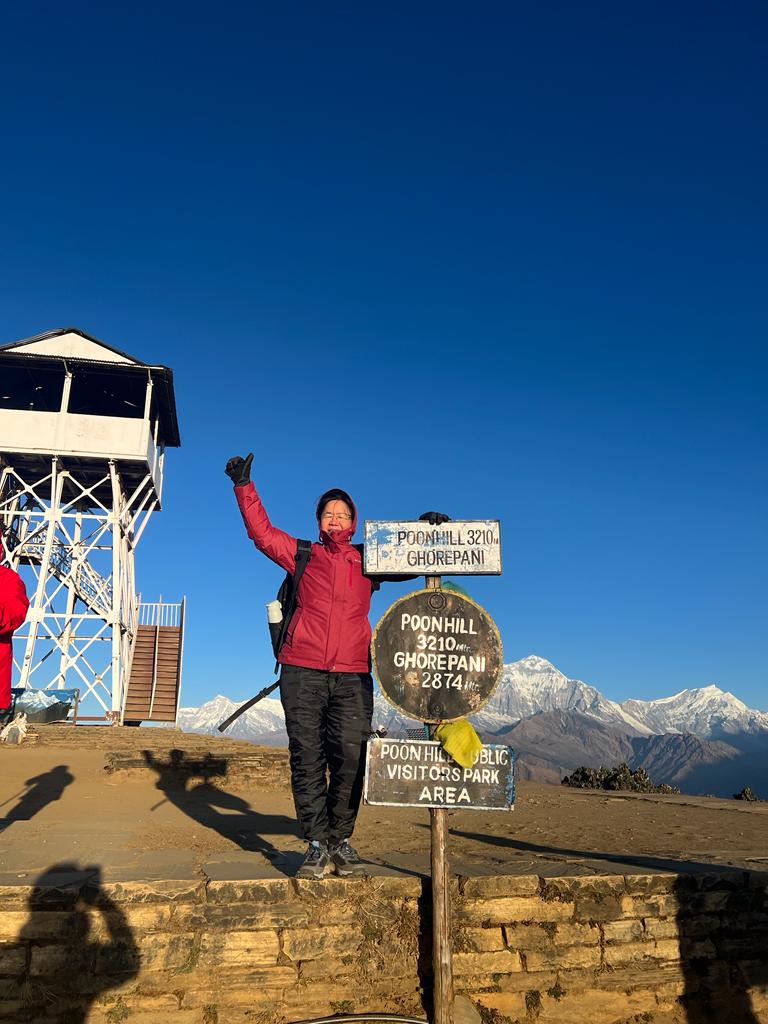
You will take your time to have breakfast and enjoy the beautiful sunrise of Ice Peak Mountain surrounding Ghandruk Village. Then you will walk down to Nayapul which is around 11 km and 3.5hrs walk from Ghandruk to Nayapul including all stops. The trek is downhill walk with a big section following the road down to Birethanti. You will pass through a few villages and eventually the path came out by the river till reaching Nayapul where you can see more trekkers around. This was the most enjoyable walking days of the trek and it is coming to and end in Nayapul. From Nayapul our Guide will bring you to take car direct to Pokhara which takes around 2 hrs to reach Pokhara. Overnight in Pokhara
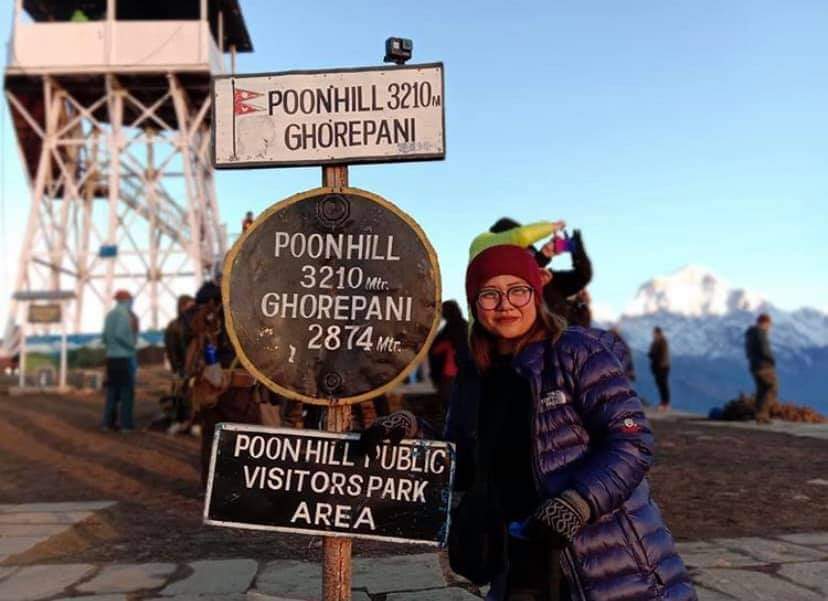
After breaksfast at hotel Our guide will accompany you to check out from hotel and directly go to Tourist Bus Terminal to drive back to Kathmandu. it takes 6-7 hrs to reach Kathmandu if there is no traffic jam. Once reaching kathmandu in the afternoon you will take rest for a while then in the evening we will invite you for farewell dinner and we distritibute Your Certificate of Achievement of having been successful reaching Poonhill. Overnight in Kathmandu

Today is your last your day in Poonhill Trek Package. You have free time to rest till check out time comes at 12pm. Our Company Staff will pick you up at hotel and drop you at Tribhuvan International Airport. Trip ends. And Thank you for trust us as your trekking company. See you again in the coming trip
Durations
Languages
Frequently asked questions
Poon Hill and Langtang trek are two popular trekking destinations in Nepal, each offering unique experiences: Poon Hill Trek: Location: Poon Hill is in the Annapurna region of Nepal. Duration: Typically a shorter trek, ranging from 4 to 7 days. Highlights: It offers stunning views of the Annapurna and Dhaulagiri mountain ranges, including iconic peaks like Machhapuchhre (Fishtail) and Annapurna. Difficulty: Generally considered a moderate trek, suitable for beginners and those with limited trekking experience. Culture: Passes through villages inhabited by Gurung and Magar ethnic groups, allowing for cultural experiences and interactions. Langtang Trek: Location: The Langtang Valley is closer to Kathmandu, in the Langtang National Park. Duration: Longer treks can last around 7 to 14 days, depending on the route and side trips. Highlights: Offers breathtaking views of the Langtang Lirung and other peaks, along with diverse landscapes like forests, terraced fields, and high alpine meadows. Difficulty: Moderate to slightly challenging, with some steep ascents and descents. Culture: Passes through Tamang villages, providing opportunities to experience Tamang culture and traditions. While both treks are known for their scenic beauty and cultural experiences, the main differences lie in their locations, durations, level of difficulty, and the specific cultural encounters along the way. The choice between the two might depend on your preferences regarding trek duration, desired scenery, and cultural immersion
Yes, from Poon Hill, you can witness breathtaking panoramic views that include the majestic Annapurna massif. Annapurna I (8,091 meters / 26,545 feet), the tenth highest mountain in the world, is a prominent feature of the Annapurna range visible from Poon Hill. The viewpoint from Poon Hill offers stunning vistas of Annapurna I along with other peaks in the Annapurna range, such as Annapurna South, Machhapuchhre (Fishtail), Dhaulagiri, and Nilgiri among others. The sunrise and sunset views from Poon Hill provide incredible opportunities to behold these awe-inspiring Himalayan peaks.
No, you cannot see Mount Everest from Poon Hill. Poon Hill, located in the Annapurna region of Nepal, offers panoramic views of the Annapurna and Dhaulagiri mountain ranges, including peaks like Annapurna I, Annapurna South, Machhapuchhre (Fishtail), and Dhaulagiri. Mount Everest is situated in a different region, the Everest or Khumbu region, which is quite a distance away from Poon Hill. To see Mount Everest, you'd need to trek to areas like Everest Base Camp, Kala Patthar, or viewpoints within the Everest region, which provide stunning views of the world's tallest peak along with other Himalayan giants.
When preparing for a trek to Poon Hill, it's essential to pack clothing suitable for varying weather conditions and different altitudes. Here's a general guideline for clothing: Layers: Layering is key to adjusting to changing temperatures. Carry a moisture-wicking base layer, insulating mid-layer (fleece or down jacket), and a waterproof and windproof outer layer (jacket). Trekking Pants: Lightweight, quick-drying pants are recommended. Convertible pants that can turn into shorts can be useful as well. Trekking Shirts: Moisture-wicking, breathable shirts are ideal. Long-sleeved shirts provide sun protection at higher altitudes. Insulating Layers: Fleece jackets or down jackets for warmth during chilly mornings and evenings. Rain Gear: A good quality waterproof and windproof jacket is essential, along with rain pants or poncho to stay dry in case of rain. Headgear: A wide-brimmed hat or cap for sun protection, along with a warm beanie or hat for colder temperatures. Don't forget sunglasses and sunscreen for UV protection. Footwear: Sturdy, comfortable hiking boots that are broken in to prevent blisters. Also, bring moisture-wicking socks to keep your feet dry and prevent blisters. Gloves: Lightweight gloves for chilly mornings or higher altitudes. Miscellaneous: A daypack to carry essentials, a water bottle or hydration system, and trekking poles for stability. Remember, packing light and ensuring your clothing is versatile and functional for various weather conditions will enhance your trekking experience on the Poon Hill trail. It's also wise to check weather forecasts before your trek and adjust your clothing accordingly.
Poon Hill is named after the Poon Hill settlement, also known as Ghorepani, which is a popular stop along the Annapurna Circuit trek in Nepal. The name "Poon Hill" might have its origins in the ethnic group called the "Poon Magars" who inhabit the region. The Magar people have been historically linked to this area, and the hill might have been named after them. The word "Poon" refers to the Magar ethnic group, and "Hill" simply denotes the elevation or prominence of the area. Over time, the name "Poon Hill" became popular among trekkers and locals, and it's now widely recognized as a renowned viewpoint offering stunning vistas of the Annapurna and Dhaulagiri mountain ranges.
Yes, you need a trekking permit to visit Poon Hill as it's a part of the Annapurna Conservation Area. There are different permits required depending on the specific areas you plan to trek through in the Annapurna region. TIMS (Trekkers' Information Management System) Card: This card is required for all trekkers visiting the Annapurna region, including Poon Hill. It provides essential trekker information and helps ensure safety. As of my last update, both individual and group trekkers need TIMS cards. Annapurna Conservation Area Permit (ACAP): This permit is also necessary as Poon Hill falls within the Annapurna Conservation Area. The permit aims to conserve and manage the area's natural resources. It's obtained at the entrance points to the conservation area, and the fees vary for foreigners, SAARC nationals, and Nepali citizens. Permit regulations and fees might have changed, so it's crucial to check the most recent information from authorized trekking agencies or the Nepal Tourism Board regarding permit requirements and costs before embarking on the trek to Poon Hill. Trekking without the required permits can result in fines or restrictions, so it's essential to obtain the necessary permits beforehand.
Preparing for the Poon Hill trek involves several aspects to ensure a safe and enjoyable experience. Here's a step-by-step guide: Physical Conditioning: Start preparing physically at least a few weeks before the trek. Engage in regular cardio exercises like walking, jogging, or hiking to improve endurance. Strengthen leg muscles to tackle the inclines and declines along the trail. Gear and Equipment: Gather essential trekking gear such as comfortable and sturdy hiking boots, moisture-wicking clothing, a good quality backpack, trekking poles, a sleeping bag suitable for cold nights, a headlamp or flashlight, and a first aid kit. Permits and Documentation: Obtain the necessary permits required for the trek, including the TIMS card and the Annapurna Conservation Area Permit. Ensure you have multiple photocopies of important documents like your passport, permits, and emergency contacts. Training and Acclimatization: Familiarize yourself with the trekking route and altitudes. Plan for gradual acclimatization by including rest days in your itinerary, especially if you're ascending quickly. Pack Wisely: Pack light but efficiently. Carry clothing suitable for varying weather conditions, toiletries, medications, and snacks. Remember to include water purification tablets or a water filtration system. Health and Hygiene: Get necessary vaccinations and consult a healthcare professional for any required medications. Hygiene is crucial, so pack hand sanitizer, wet wipes, and toilet paper as some areas might have basic facilities. Weather Awareness: Check the weather forecast for the region during your trekking dates. Be prepared for sudden weather changes in the mountains. Altitude Sickness Awareness: Familiarize yourself with the symptoms of altitude sickness and the preventive measures. Stay hydrated and ascend gradually to allow your body to acclimate. Trekking Company or Guide: Decide whether you'll trek independently or with the assistance of a trekking agency or guide. Guides can provide valuable insights into the area, especially if it's your first time trekking in Nepal. Travel Insurance: Get comprehensive travel insurance that covers trekking activities, including emergency evacuation in case of accidents or altitude-related illnesses. Prior planning and preparation can significantly enhance your experience on the Poon Hill trek. Always prioritize safety, be flexible with your itinerary, and respect local customs and the environment during your journey.
Yes, it's highly recommended to bring a sleeping bag for the Poon Hill trek. While some teahouses along the trail provide blankets, the level of warmth and cleanliness might vary. Having your sleeping bag ensures comfort, hygiene, and warmth during the nights, especially in higher-altitude areas where temperatures drop significantly. A good sleeping bag suitable for cold conditions (rated for the temperatures you expect to encounter) will contribute to a more restful and comfortable experience throughout the trek. Make sure it's lightweight and easily packable to fit into your backpack without adding too much bulk
The Poon Hill Yoga Trek in Nepal combines the experience of trekking through the beautiful landscapes of the Annapurna region with yoga and meditation practices. It's designed to offer a holistic journey that incorporates physical activity, mindfulness, and immersion in nature. Here's what the Poon Hill Yoga Trek typically involves: Trekking: The trek follows the traditional Poon Hill trekking route, which usually starts from Nayapul and passes through Ghorepani, Tadapani, and Ghandruk villages before reaching Poon Hill. Trekkers get to witness stunning mountain views, diverse landscapes, and cultural experiences along the way. Yoga and Meditation Sessions: Along with trekking, the itinerary includes daily yoga and meditation sessions. These sessions are often conducted at scenic viewpoints or in serene natural settings, allowing trekkers to practice yoga amidst the breathtaking Himalayan scenery. Professional Guidance: Experienced yoga instructors and guides lead the trek and conduct the yoga sessions. They provide guidance on yoga poses, breathing techniques, and meditation practices suitable for trekkers of different levels of experience. Cultural Immersion: The trek also involves interactions with local communities, allowing participants to learn about the local culture, traditions, and lifestyle of the villages along the route. Wellness and Relaxation: The combination of trekking, yoga, and meditation aims to promote overall well-being, relaxation, and a deeper connection with nature and oneself. This type of trek is suitable for those interested in both outdoor adventure and wellness practices. It offers a unique way to experience the natural beauty of Nepal while incorporating mindfulness and self-care practices into the journey.
Poon Hill itself stands at an elevation of approximately 3,210 meters (10,531 feet). However, the starting point for most trekkers is Nayapul, which sits at an elevation of around 1,070 meters (3,510 feet). The trek to Poon Hill usually involves ascending from Nayapul through various villages and landscapes. The total elevation gain from Nayapul to Poon Hill can vary depending on the specific route taken, as there are multiple trails and variations within the Annapurna region. On average, the elevation gain from Nayapul to Poon Hill is roughly around 2,100 to 2,400 meters (6,900 to 7,900 feet). This ascent occurs gradually over several days, allowing trekkers to acclimatize to the altitude and enjoy the journey through different terrains and villages en route to Poon Hill's panoramic viewpoint
Choosing between Mardi Himal and Poon Hill trek depends on personal preferences, trekking experience, and what you seek in a trekking adventure: Mardi Himal Trek: Scenery: Mardi Himal offers breathtaking views of the Annapurna range, including Machhapuchhre (Fishtail), Annapurna South, Hiunchuli, and Mardi Himal itself. The trail takes you through lush forests, alpine meadows, and close-up views of the mountains. Terrain: The Mardi Himal trek is less frequented and offers a quieter, more secluded experience compared to the more popular trails like Poon Hill. It involves some steep sections and can be slightly more challenging in terms of terrain. Duration: The Mardi Himal trek is usually shorter than the classic Poon Hill trek, lasting around 5 to 7 days. Crowds: As it's less popular, you'll encounter fewer trekkers on the Mardi Himal trail, offering a more serene trekking experience. Poon Hill Trek: Scenery: Poon Hill provides stunning panoramic views of the Annapurna and Dhaulagiri mountain ranges. The trek offers a mix of landscapes, including rhododendron forests, terraced fields, and traditional villages. Accessibility: Poon Hill is more accessible and well-established, making it a popular choice for trekkers of various skill levels. The trails are well-marked, and there are more facilities like teahouses along the way. Duration: The Poon Hill trek typically spans around 4 to 7 days, offering flexibility in terms of trekking duration. Crowds: Due to its popularity, the Poon Hill trek can be busier, especially during peak trekking seasons, with more trekkers on the trails and at viewpoints. Both treks offer unique experiences in the Annapurna region. Mardi Himal is ideal for those seeking a quieter, off-the-beaten-path trek with stunning close-up views of the mountains, while Poon Hill is great for panoramic vistas, cultural interactions, and a more established trekking route. Ultimately, the choice between the two depends on your preferences for scenery, trek difficulty, and the kind of experience you want from your trek.

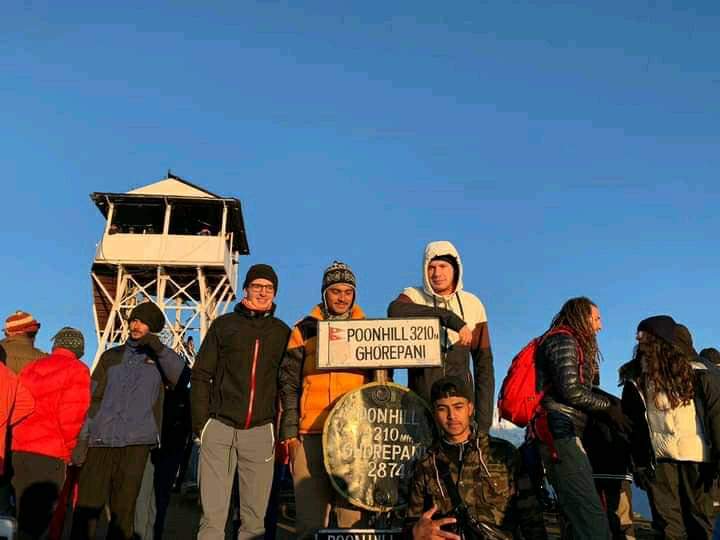
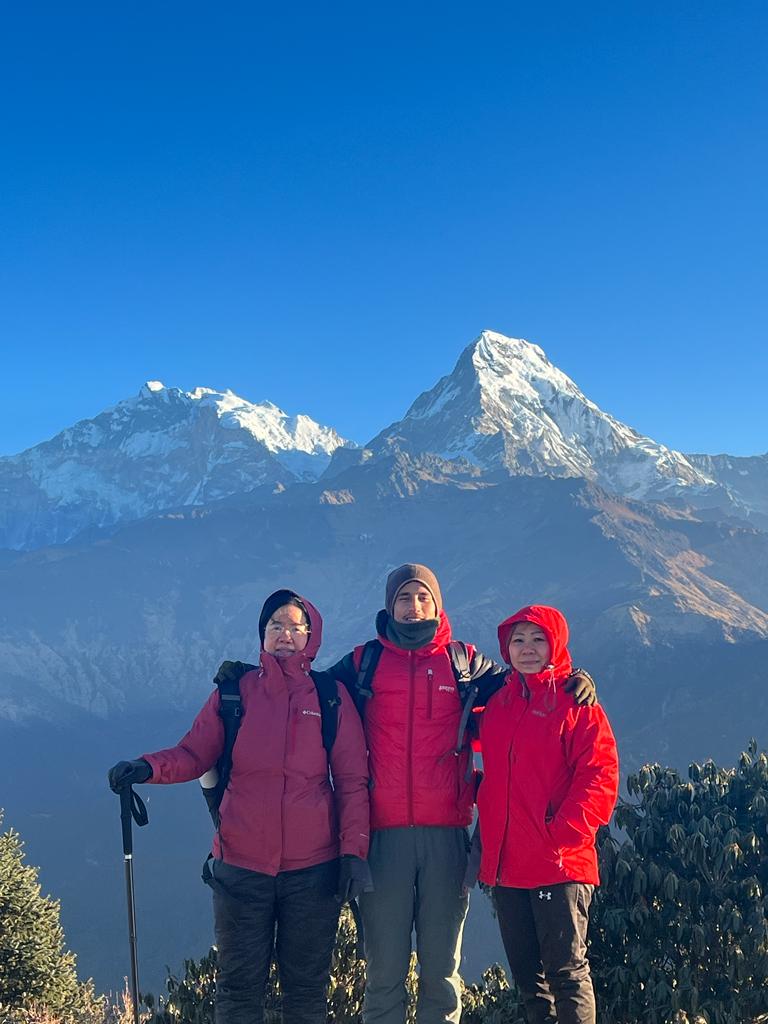
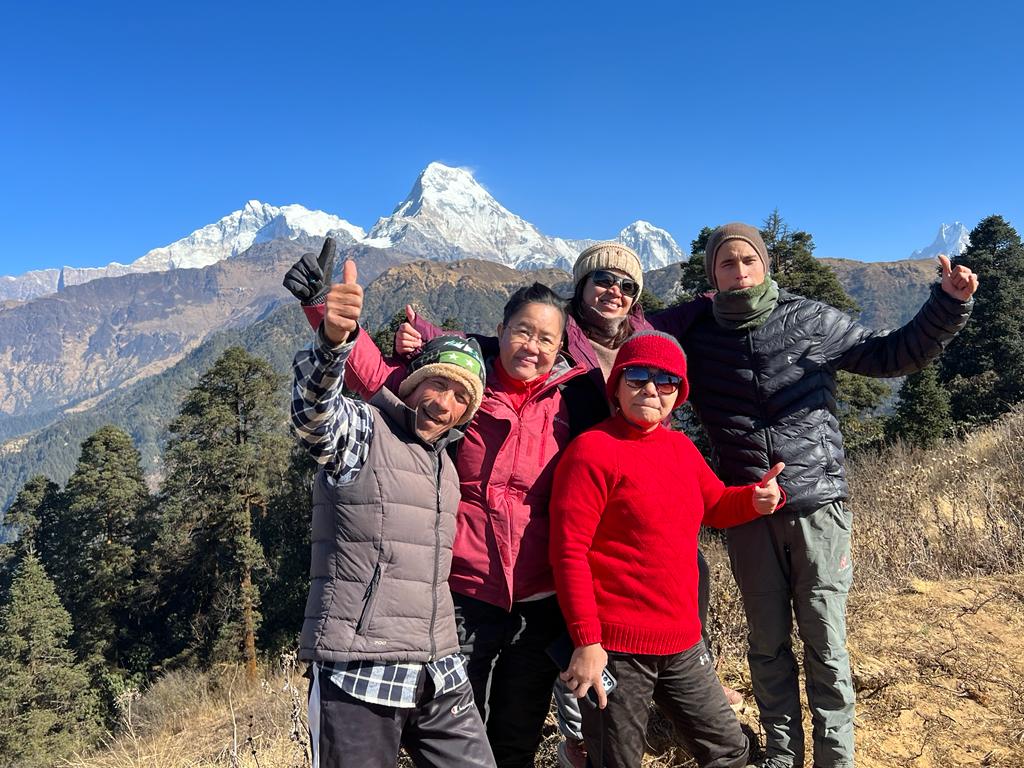
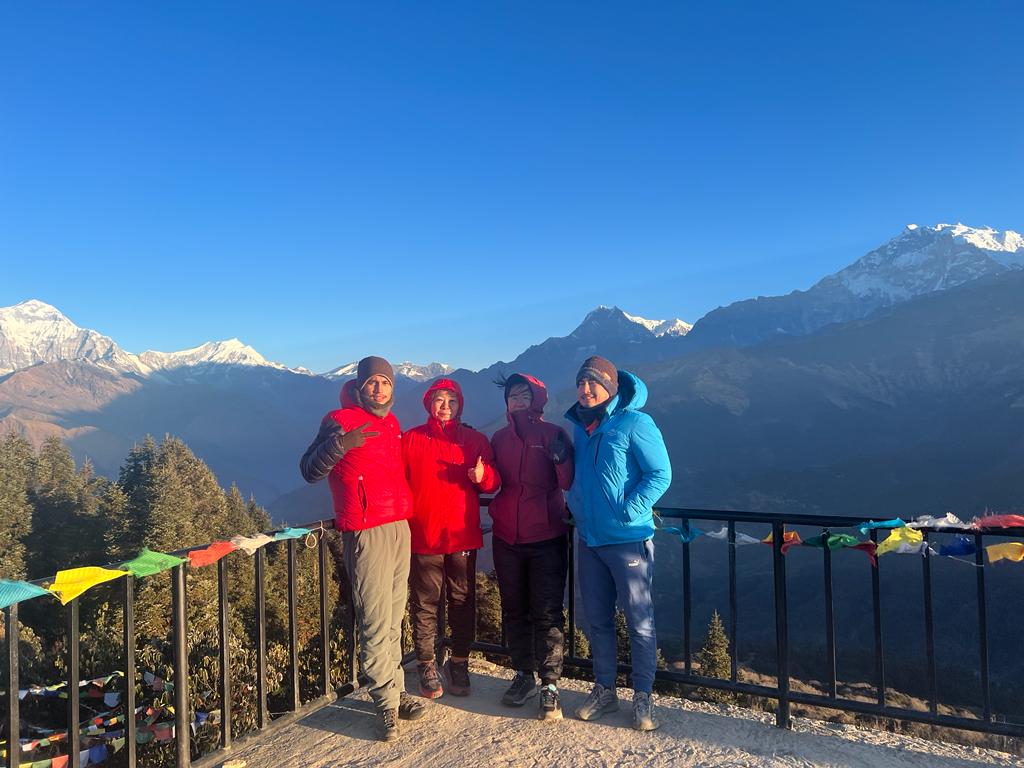
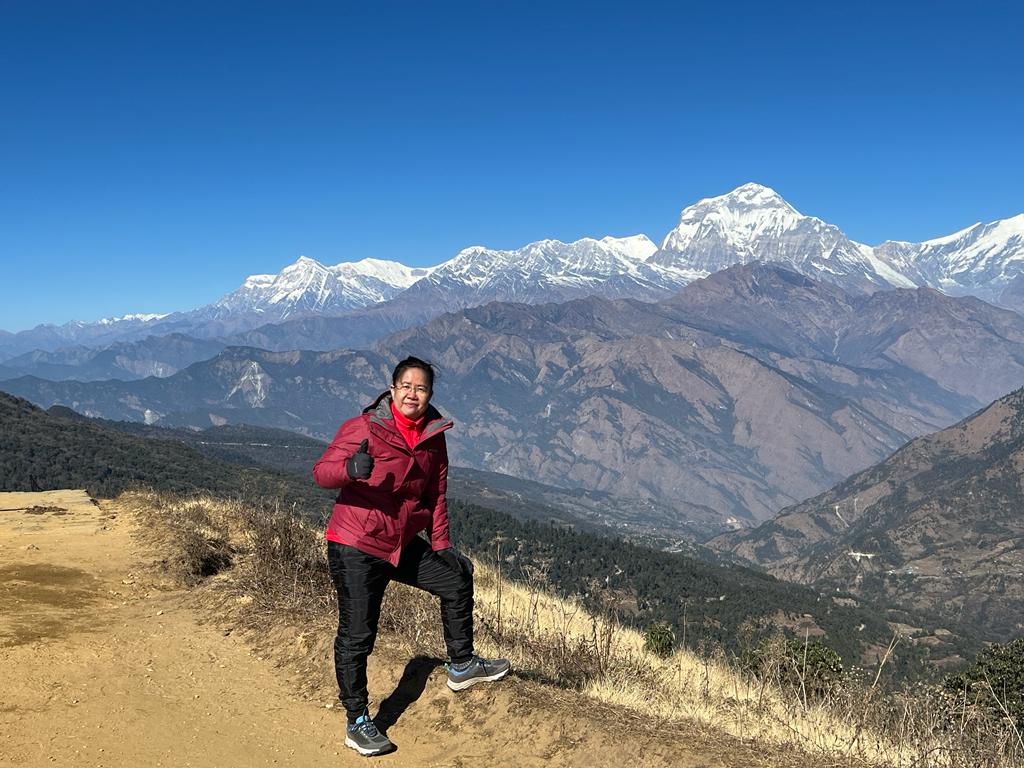
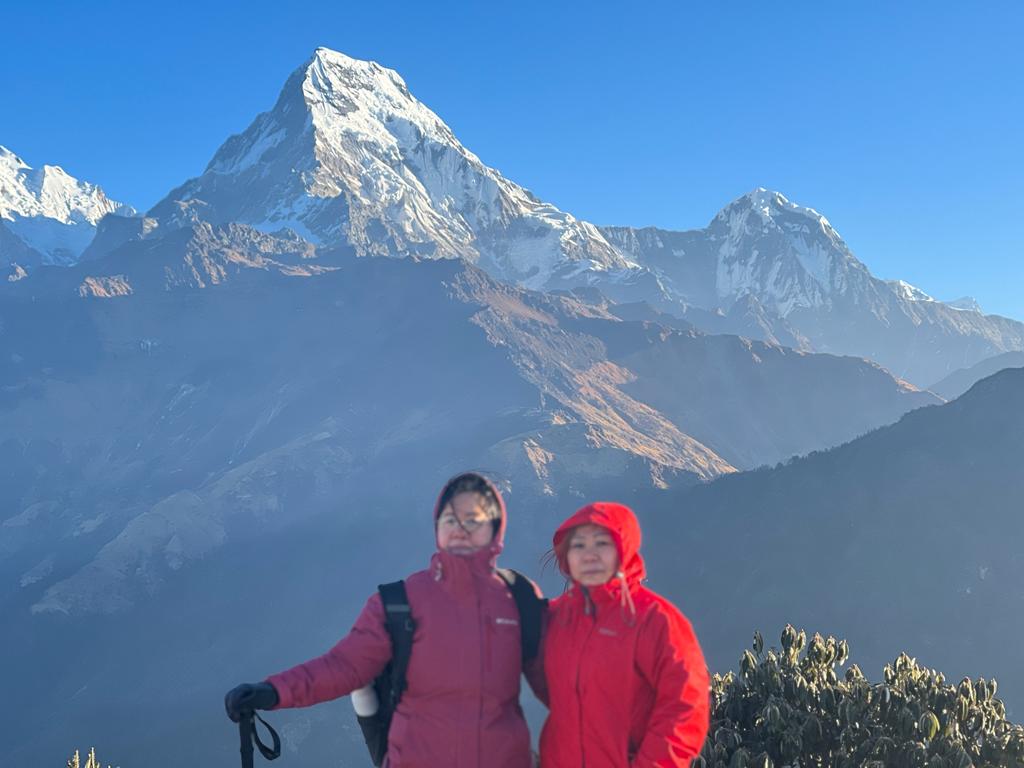
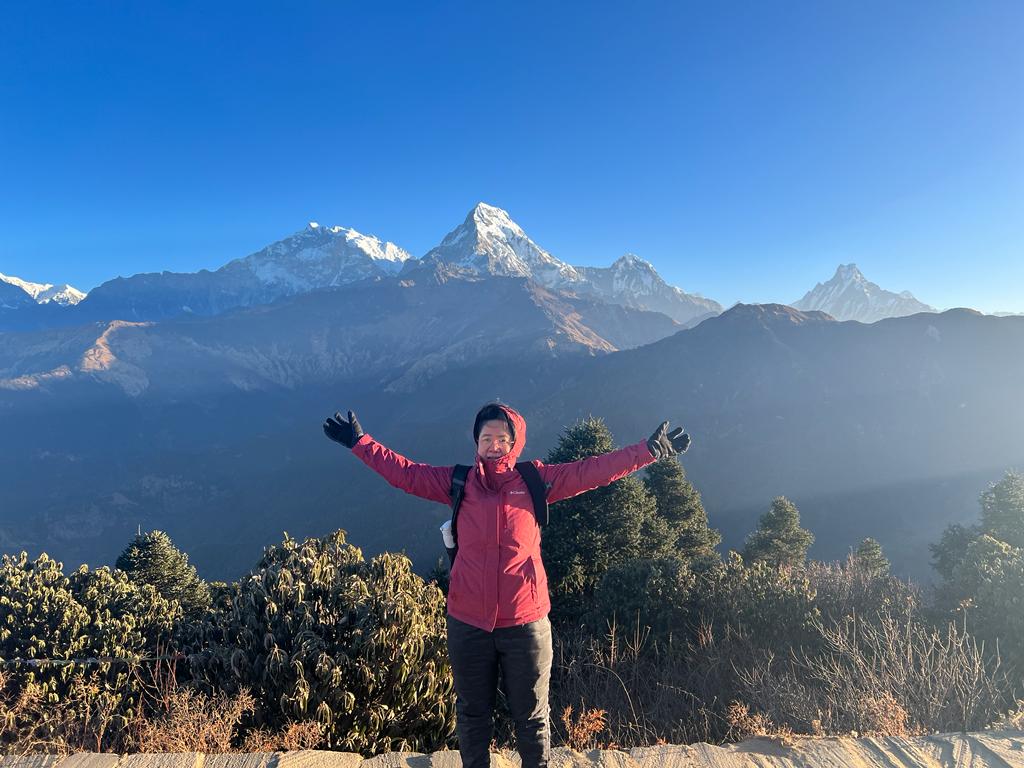
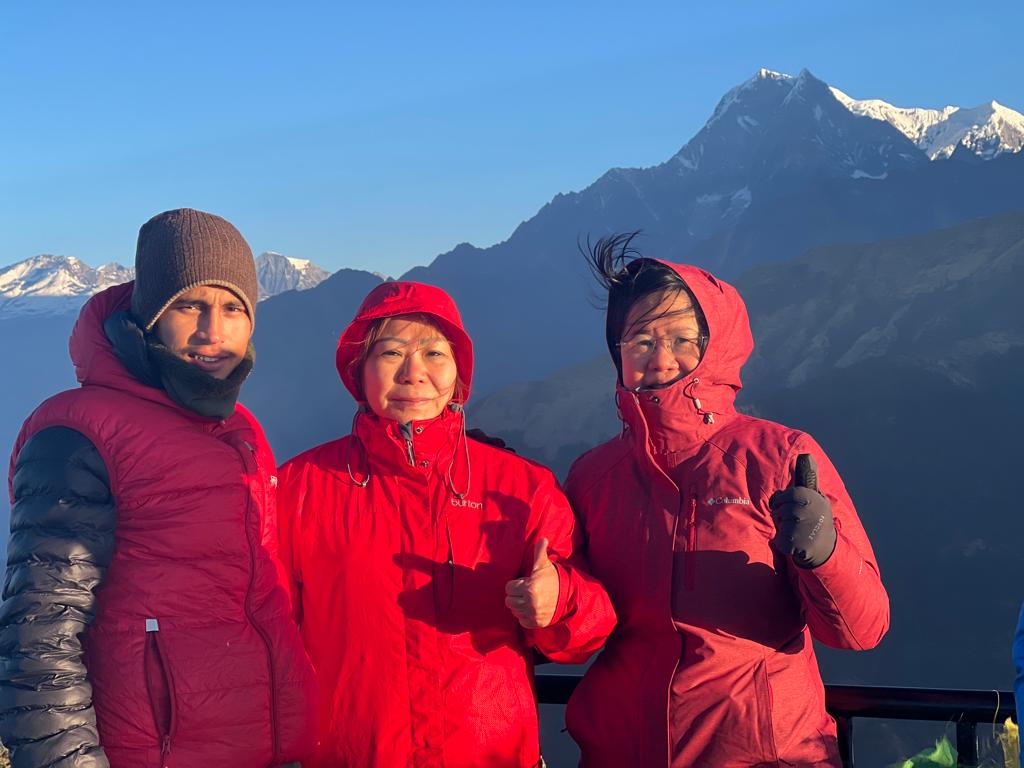

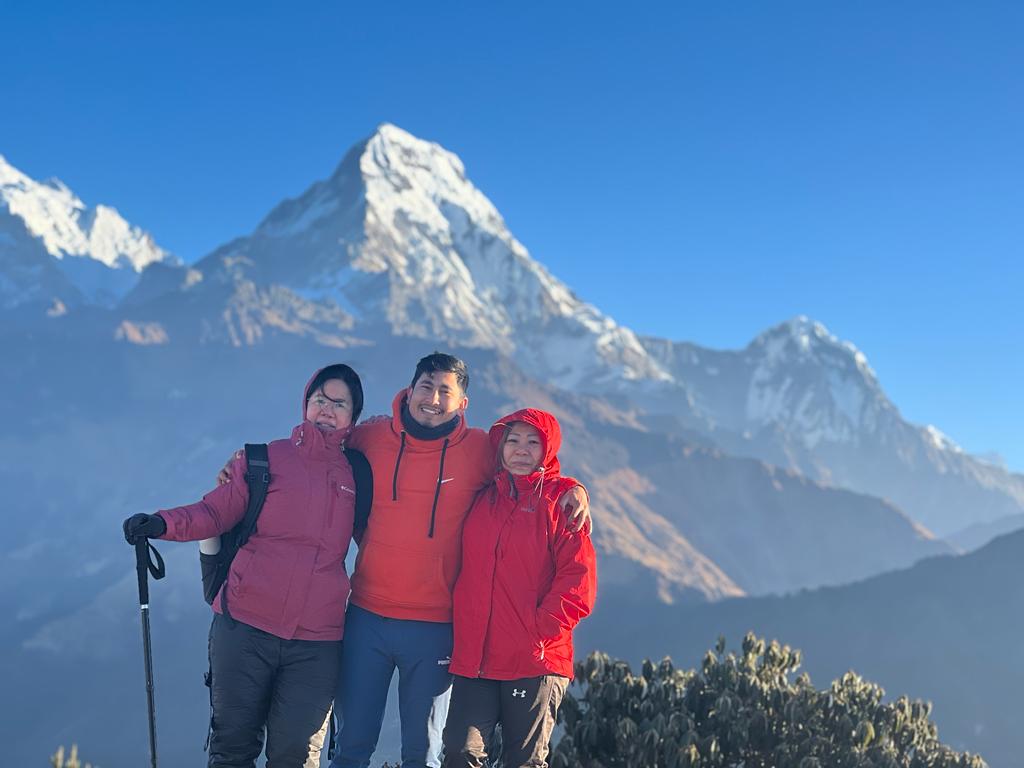
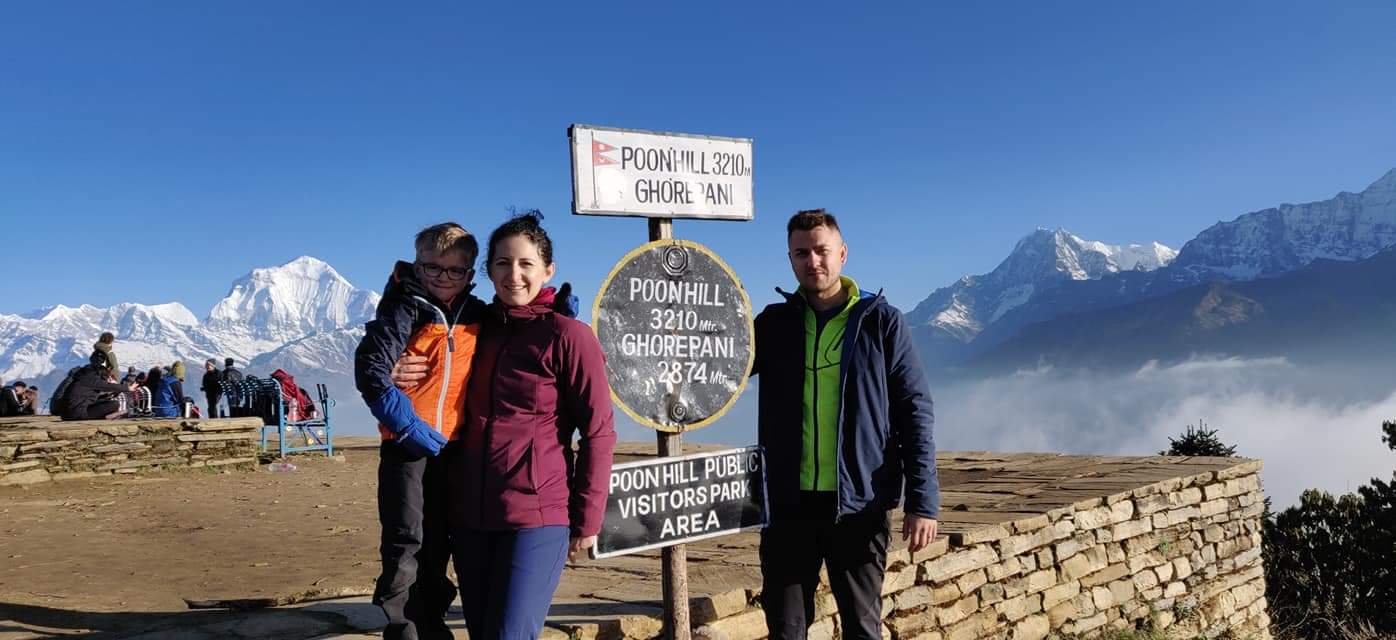
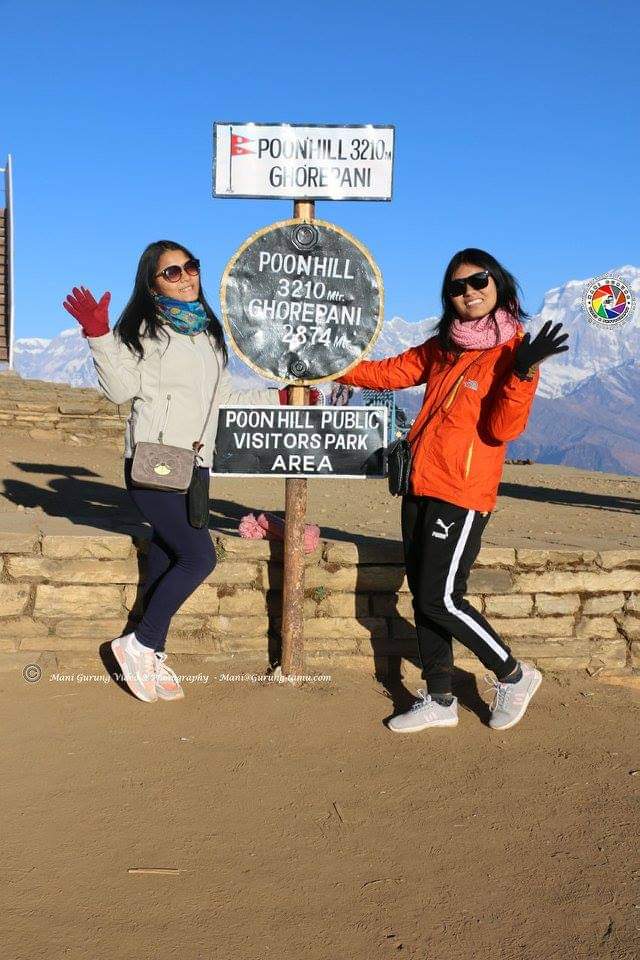
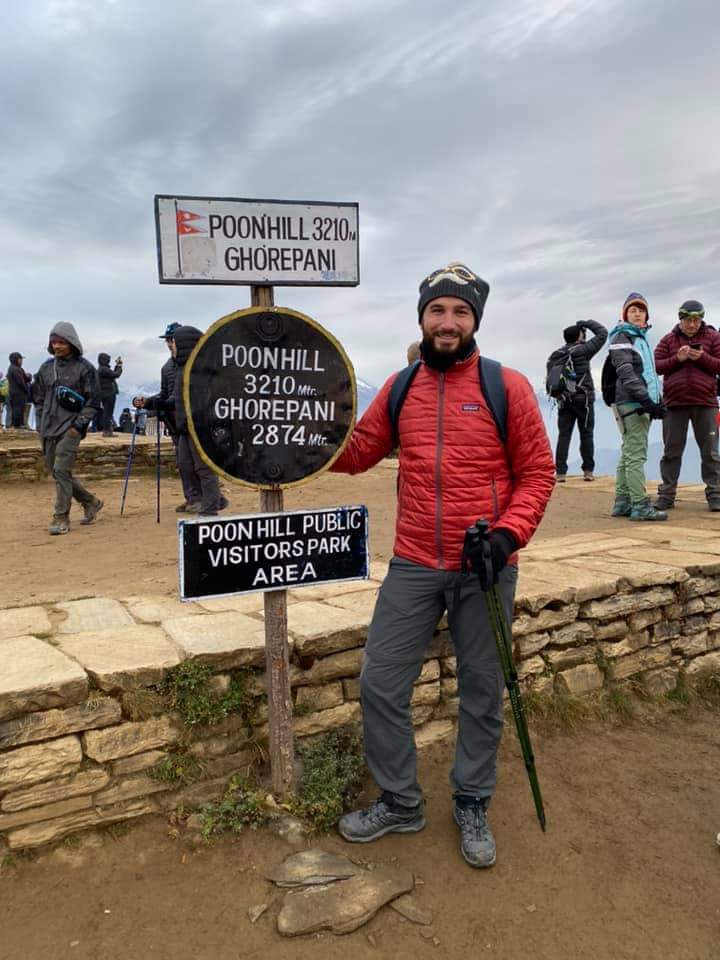
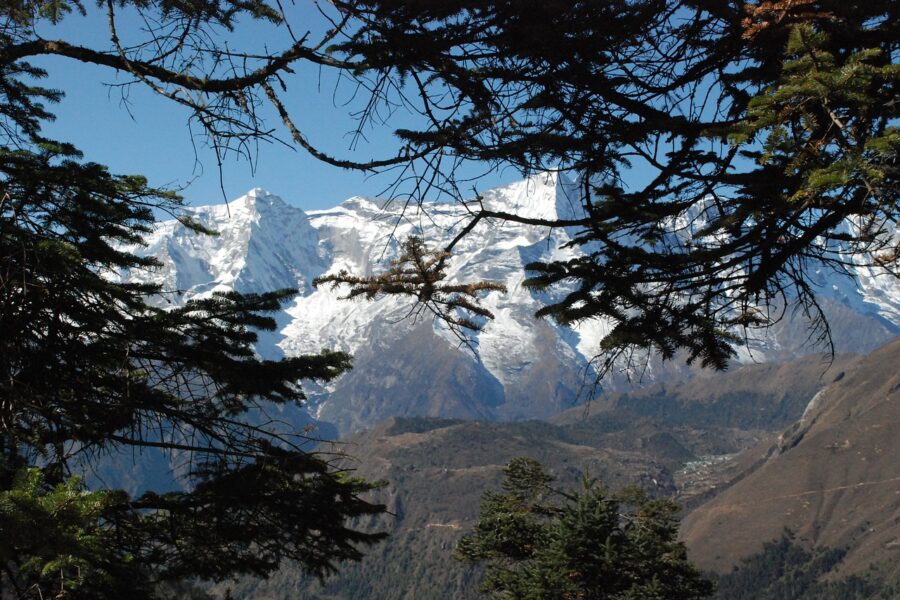
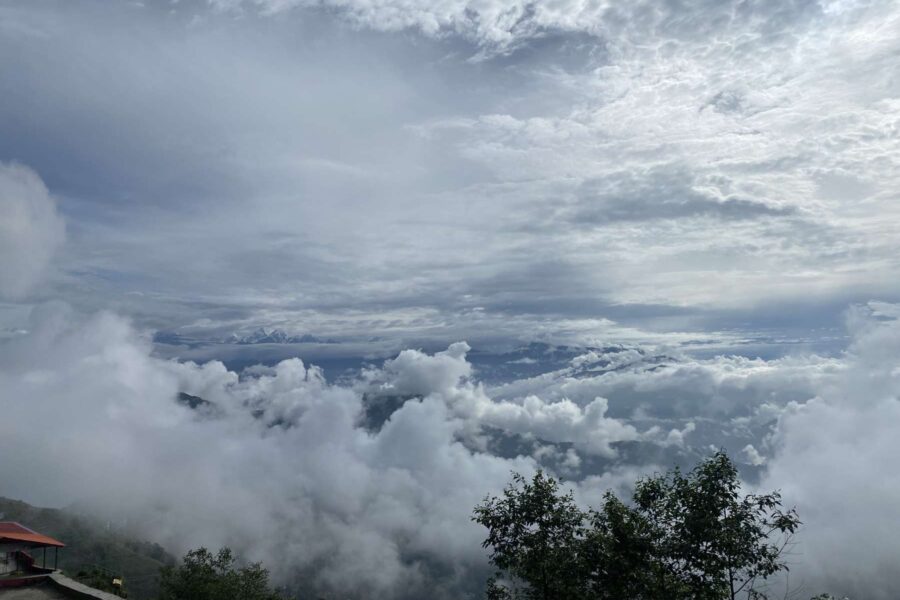
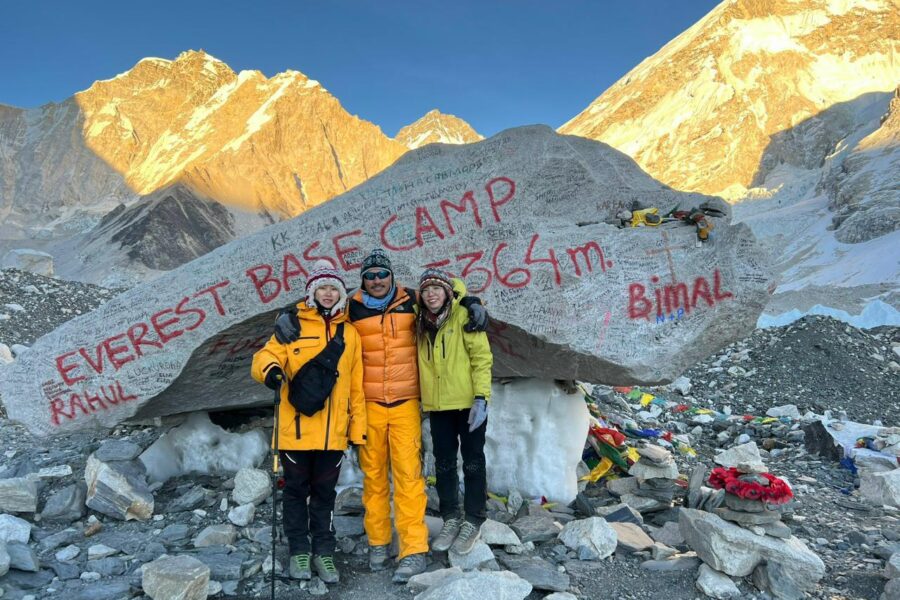
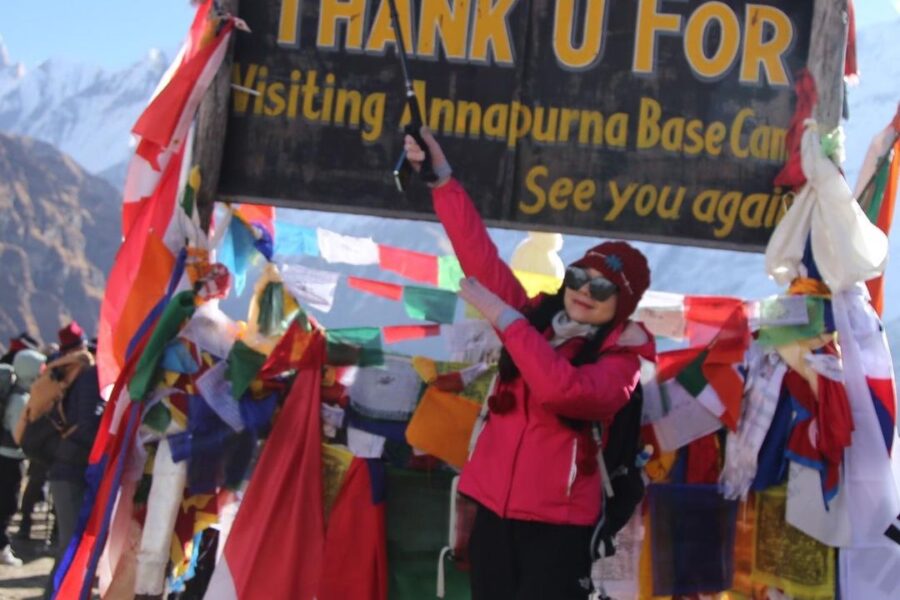
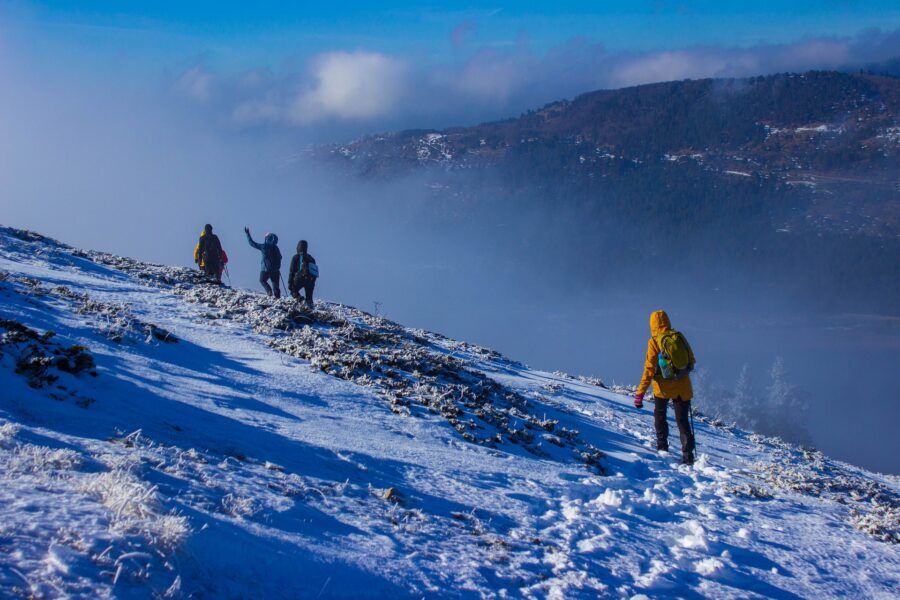
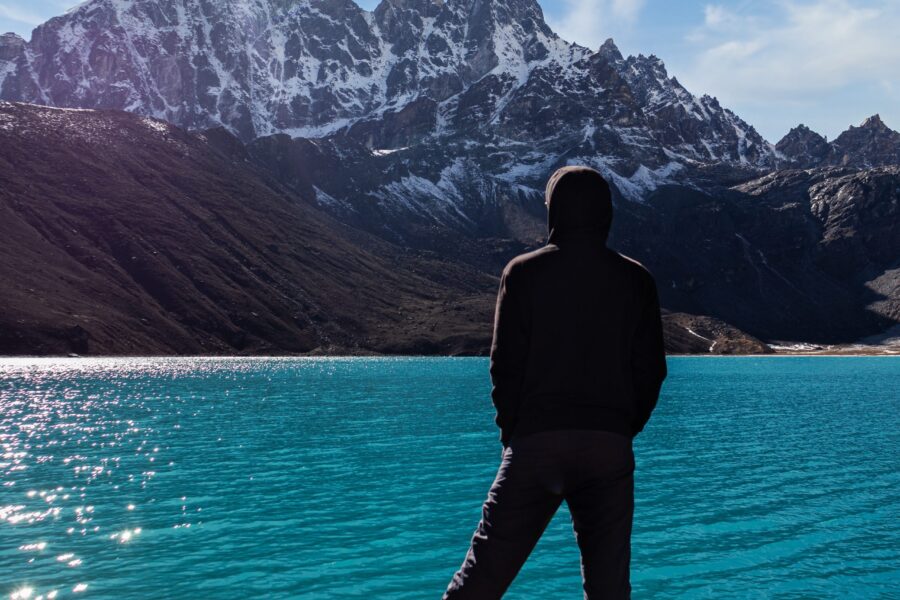
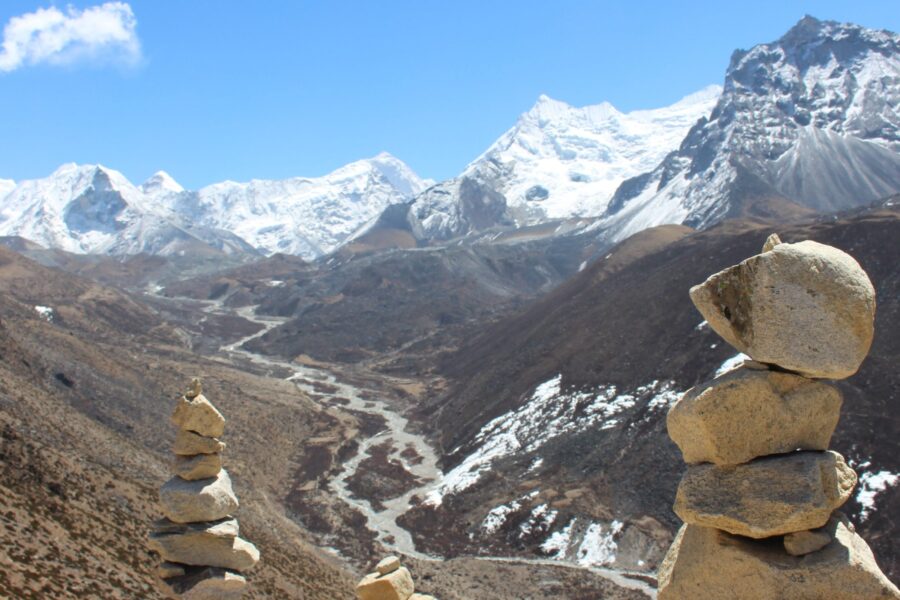
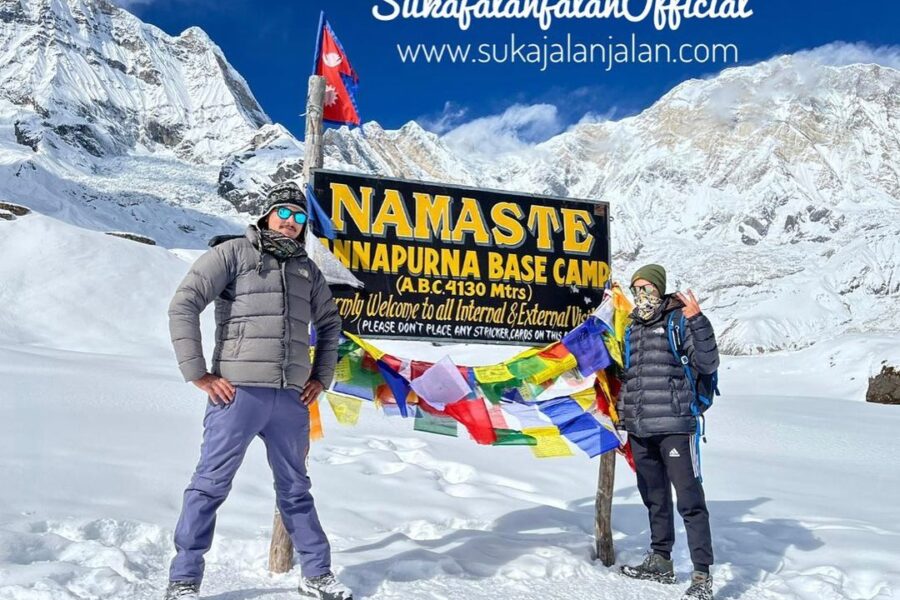
Leave a review